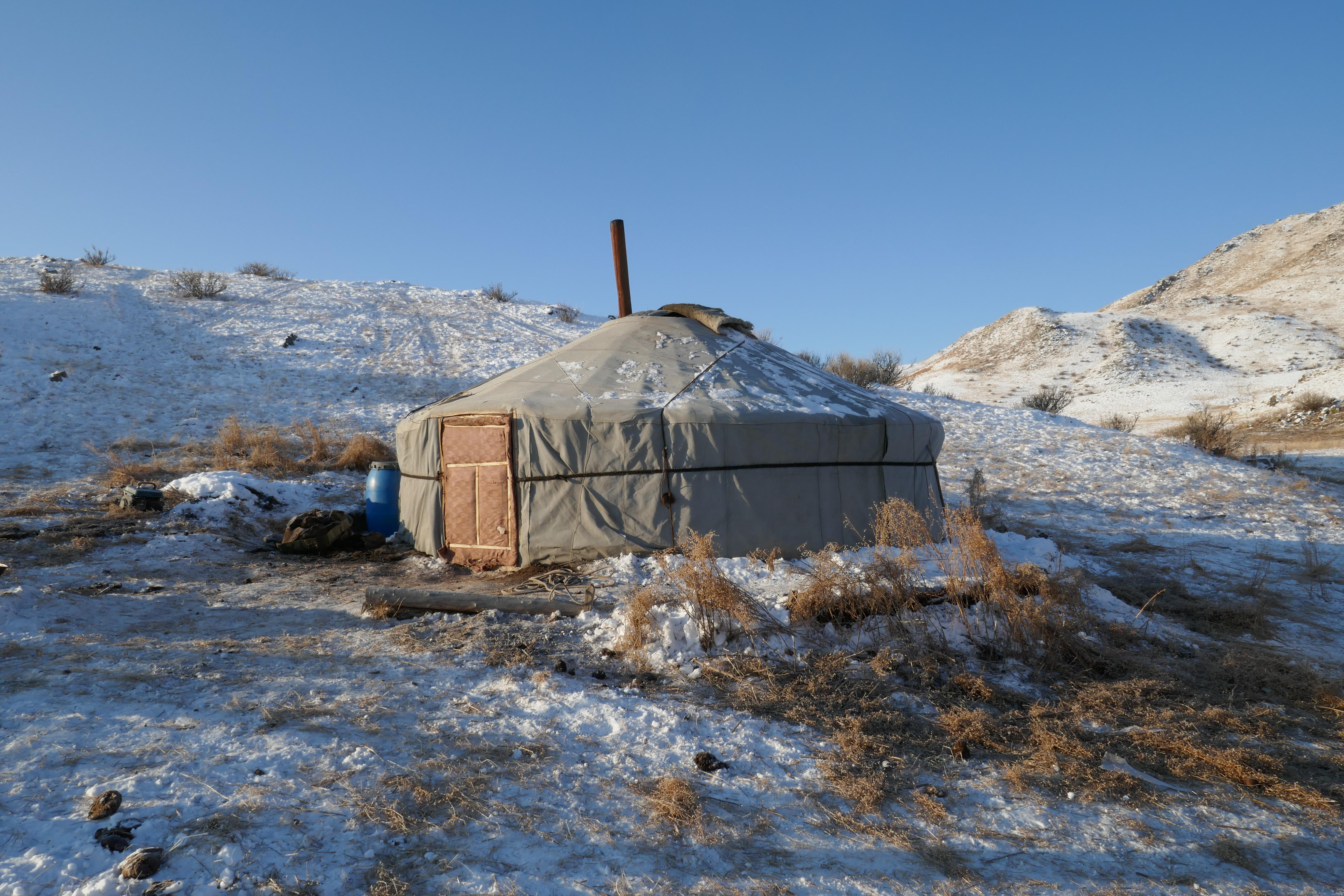TEBEL and TherMU expedition to study living in extremes

EPFL and MU team © Khovalyg D, 2020
A 3-weeks long collaborative research expedition to Tuva (South of Siberia, Russia) took place in January 2020. Thermal Engineering for the Buillt Environement Lab teamed up with the Thermophysiology and Metabolism Research group (TherMU) from Maastricht University (MU) to study physiological and behavioral adaptation to temperature extremes of Asian nomads living in yurts.
Studying the lifestyle of Tuvan nomadic pastoralists is very relevant when it comes to the adaptation to the extreme environment since they live in a region with temperature variation between summer and winter up to 80 K. In the wintertime, they are exposed to daily variation of temperatures up to 70 K since outdoor temperature could drop down to minus 35oC, and it can easily be over plus 35 oC indoors when a stove is fired. Since the ways how they adapt, physiologically and behaviourally, to harsh living conditions have not been documented before, the researchers from École Polytechnique Fédérale de Lausanne (Assist. Prof. Dolaana Khovalyg, PhD student Arnab Chatterjee) and the researchers from Maastricht University (Prof. Wouter van Marken Lichtenbelt, PhD student Adam Sellas) traveled to Tuva on 3-25 of January 2020. The TEBEL team focused on the indoor thermal environment and energy performance of buildings, and the TherMU team focused on thermophysiological research and how indoor climate relates to long-term health and prevention of metabolic syndrome. The multidisciplinary study aimed to shed light on how climate and housing conditions in extreme circumstances affect health, comfort, and resilience to these extremes, especially given the fact that yurts have been used as dwellings for over 2500 years, and their construction and use have not changed over the centuries making the yurt a masterpiece of nomadic civilization.
Overall, the performance of 8 yurts was studied, of which 4 in great detail for two consecutive weeks. Temporal and spatial variation of the indoor thermal environment, outdoor microclimate, and heat flows through the structure was monitored. In total, 12 subjects participated in detailed measurements of daily energy expenditure, cold-induced thermogenesis,cold-induced vasodilation, body temperature, and physical activity monitoring. Multiple local volunteers helped to execute this extraordinary study. In particular, Moge-ool Oorzhak, the head of the Barun-Khemchick district in Tuva, Aidys Soyan, the head of agriculture affairs of Barun-Khemchick district, Maadyr Khovalyg, Artur Oorzhak, and Urana Lyundup.









